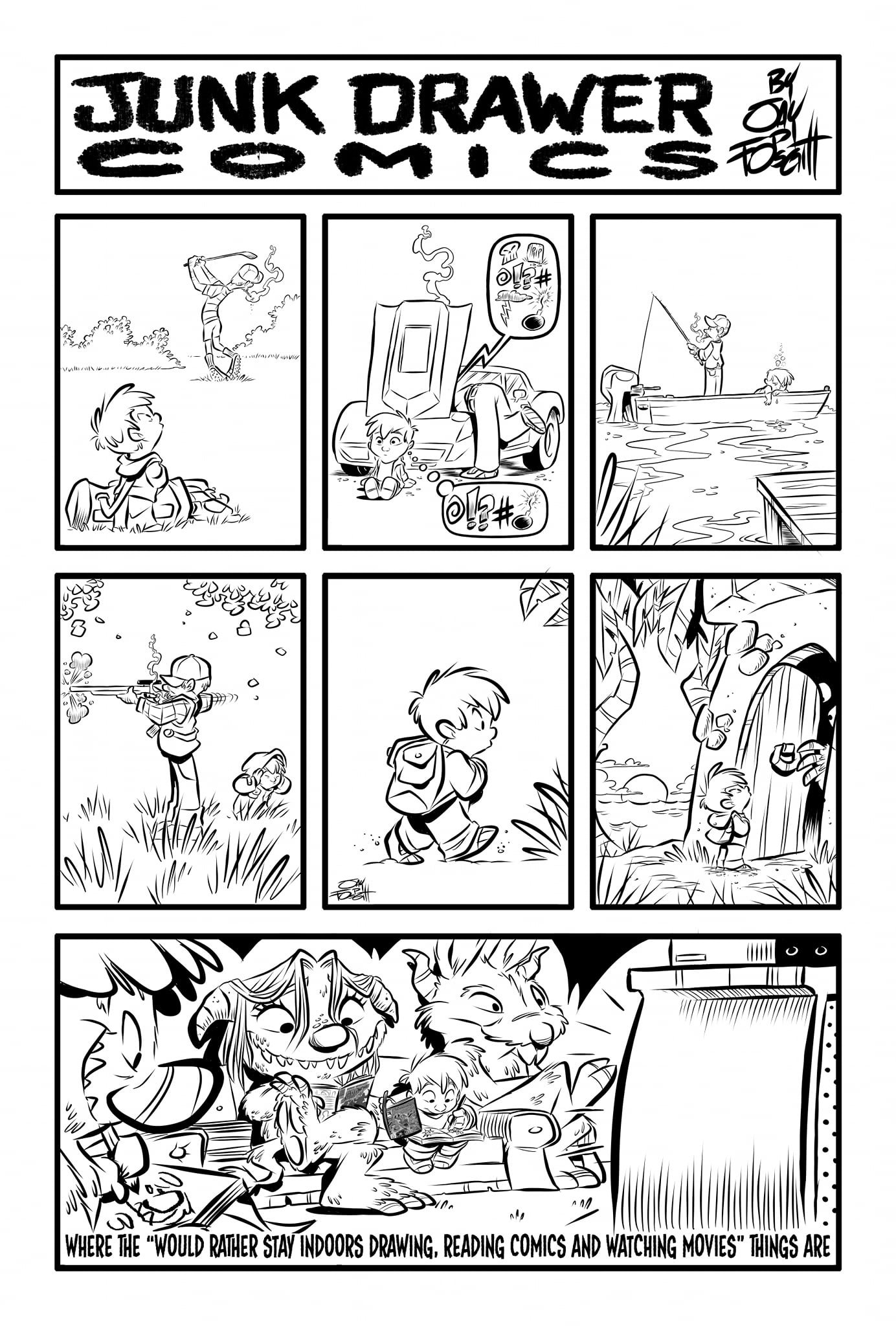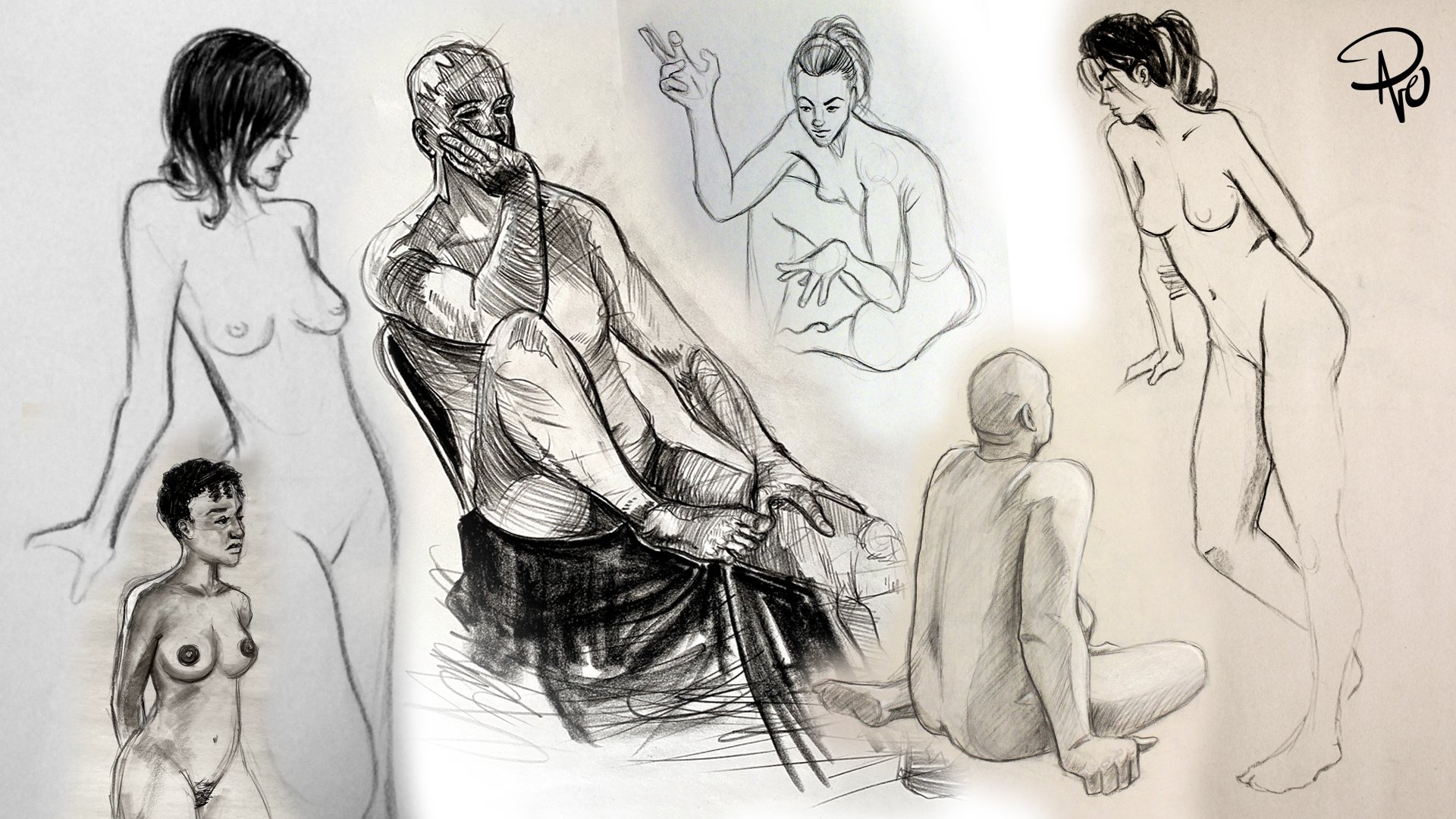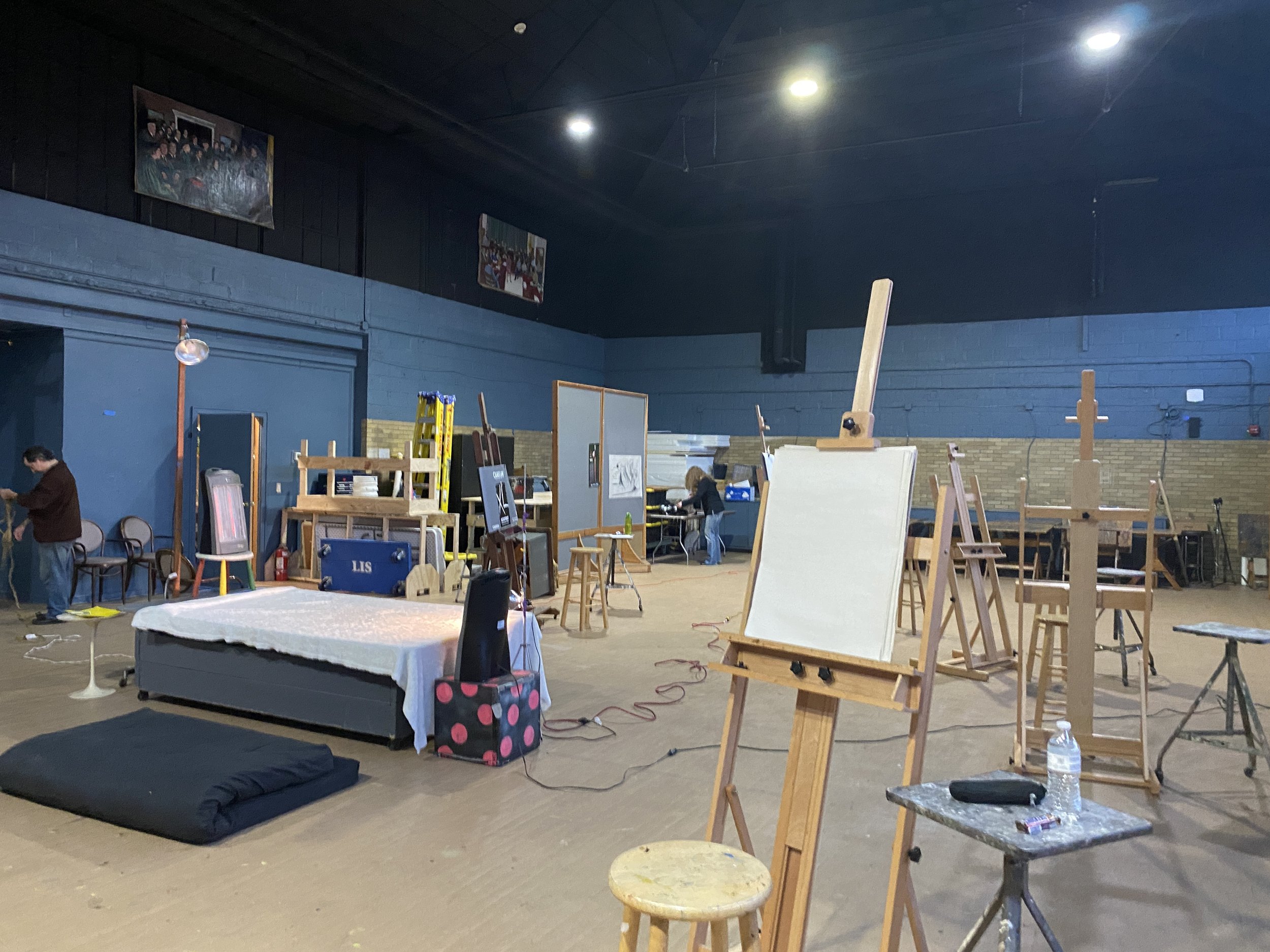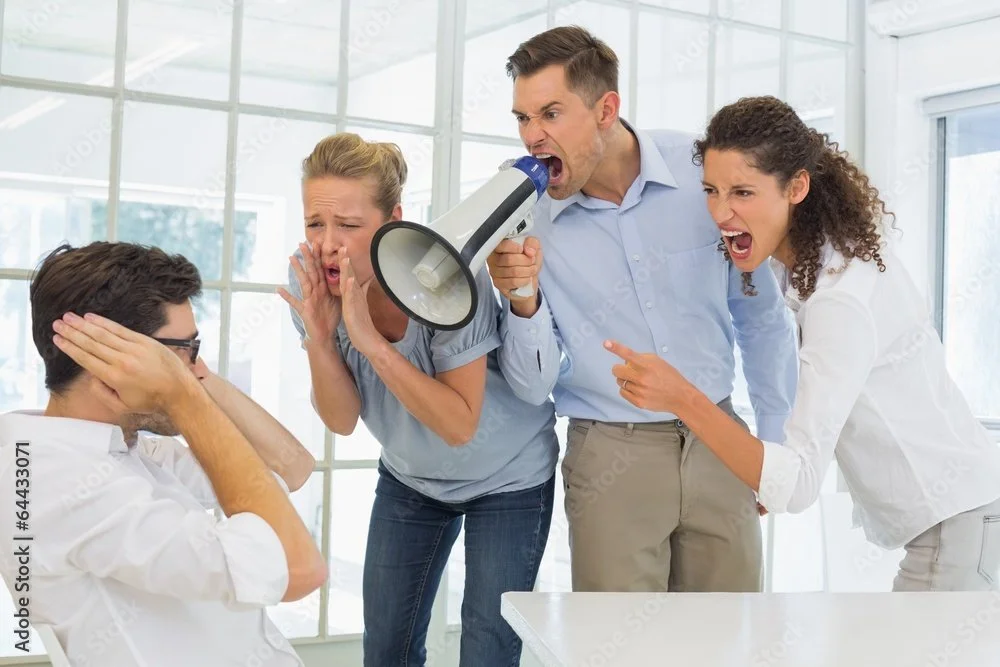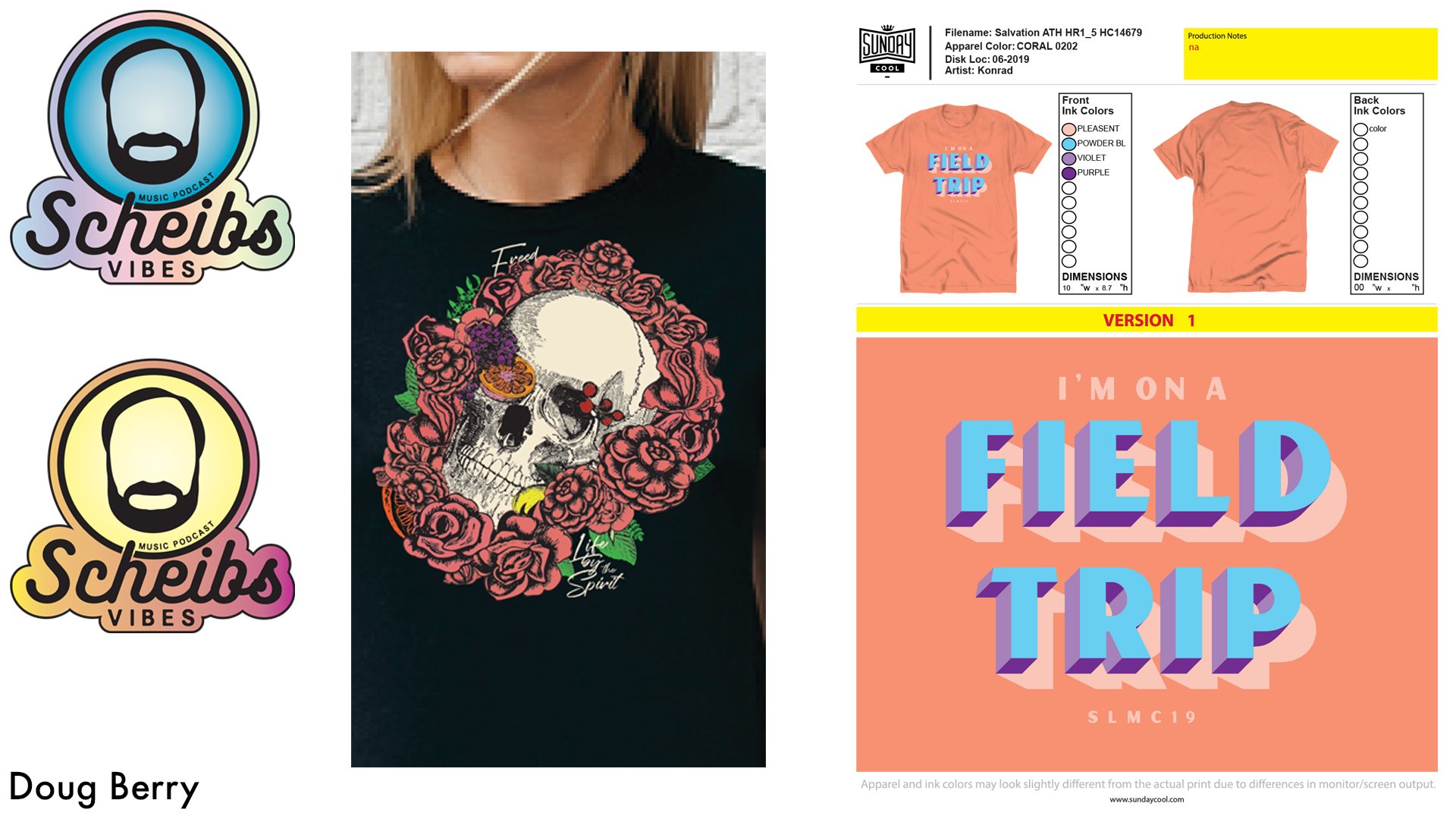My nibling, niece, and I. November 21, 2010.
As I’ve noted before, kids are a fantastic and fun resource when it comes to stretching those creative muscles, especially when you have a mental block of some kind. When they were little, my nibling, niece, and I would play a really fun game. I would draw something—something incomplete—and then they would add to it. Sometimes we would have time limits, sometimes we would draw until we felt our part was over, but ultimately we would just keep passing the art on to the next of us until there was no room left to draw or we were in stitches laughing too hard to do anything else. This game was a huge influence creatively for all of us and no doubt helped shaped how each of us saw the world around us and was also a great exercise in true collaboration.
That was a game we played for years and years, and now my daughter and I also continue on the tradition as well. Ever since I first had the idea to do this with my family well over a decade ago, I always wondered what it might be like to try it with another artist; someone with experience, style, and imagination. Flash forward to present day coupled with the constant search for blog topics and voila! It’s here that I want to shine a light on this week’s featured artist, Will Carroll.
One of the great joys of working on The Great Muppet Mural for ToughPigs was getting to know so many artists I hadn’t known before. Will Carroll was one of the big stand–outs for me, so I had been looking for an opportunity to do something else with him. Will has a really fun, retro style. As a graduate from the Art Institute of Philadelphia with a degree in animation, his work is instantly recognizable and oozes charm. He’s fast, talented, and he took to this game like a fish in water. So what exactly is the game?
The Rules
Unlike the more simplified and quicker version I played with my nibling & niece, one artist draws something rather fleshed out then passes it on to the other. There are no time limits or space restrictions. Either artist can draw as much or as little as they want before passing it on. One artist can add to or obscure the previous work as much as they like as long as they don’t manipulate it (within reason). That’s about it! So I’ll start things off.
Just broccoli on a fork, but the fork is gold so that counts for something, right?
The Game
When I play this with kids, I’ll draw an eye or a blank head and then the features get added as the illustration gets passed around. With Will, I had more time and freedom. I didn’t want to explode out the gate though and I have grown familiar with his work and was confident he’d take the reins in a wild new direction. So I started out pretty tame and bland, and you can’t get more bland than broccoli on a fork. There’s not much going on here, nor is there much to work with.
Will Carroll: Looking at the picture for the first time made me think back to an old drawing I did about two years ago, which had a little Doozer looking farmer holding a fork with a grape on it like he was holding a pitchfork, and that also made me remember sketches of a character doodle I’ve been meaning to use, so I decided to use it for this project.
Will’s previous designs for his Farmer character.
I always loved seeing tiny little creatures interacting with normal sized objects and adapting them to help them in life, characters like The Smurfs, The Borrowers and most recently The Tiny Chef comes to mind. So I decided to go down that angle and made them a farmer, who harvested “huge” vegetables.
Will’s first pass.
I knew whatever Will sent was going to be cool, but I was super excited when I saw the direction he took it with the little farmer. The fact that he came up with this was more than I had hoped for. I was tempted to stop right here because it was just so clever, but I thought I’d expand on the tiny size idea and place the group in a real world area, so I drew a woman discovering them. At first the “discoverer” was going to be another other–worldly creature but I felt keeping it grounded would be a better fit. Initially I was also going to draw the interior of a refrigerator, but I wanted to savor the creativity of the exercise and held off. I also muted the line art and color of the woman so the focus stayed on the original pass.
Initial sketches and 100% opacity art work.
My second pass back to Will.
Will Carroll: Decided to add more fully into the camp of “little people, BIG WORLD” angle, including making the blank space around the woman, the inside of a kitchen pantry, and adding a hungry cat behind her, a reference to Azrael from The Smurfs. In addition to the pantry, I also added more little guy farmers, the one in the wall’s design I based on the old cartoon character Farmer Alfalfa.
Will’s second pass back to me.
I was thrilled Will took it upon himself to take on the background art and the pantry was much more preferable to my initial idea of a fridge/freezer. It was at this point I channeled my inner Jamie Carroll (no relation to Will) and went full on overboard. I added a couple extra characters of my own and the bottle of fish oil pills just to complete the pantry aesthetic. I thought I’d go over–the–top with creating a magical lighting system with the idea that this pantry is so infrequently used in the “real world” that the tiny farmers just installed all sorts of accoutrements with complete disregard towards their human landlords. It was at this point that Will and I agreed we were done.
The final image!
Will and I both genuinely had so much fun doing this, noting how much it really got our creative juices flowing and were really happy with how it turned out. We’re looking forward to trying this again in the future! Huge thanks to Will Carroll for having fun with me! Make sure you follow him on Twitter @elaboratesunma1, Instagram @toonheads0215, and Facebook, and check out his website too!
Of course I’d love it if you followed me on Instagram and Twitter too! And tune in every Friday here for a new blog post!


















